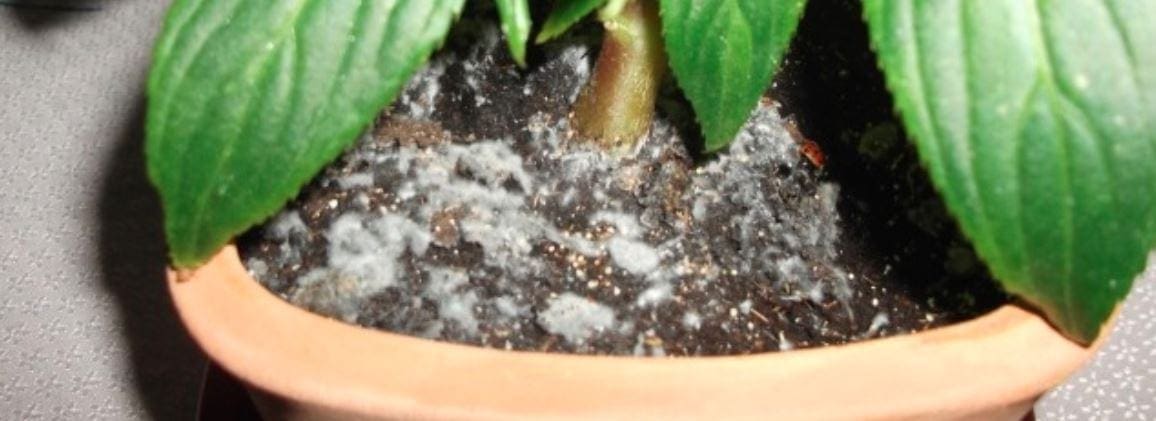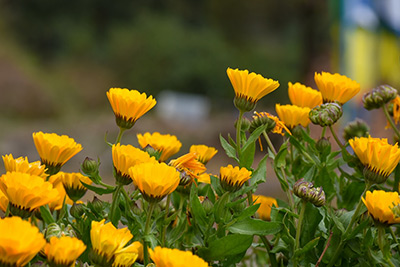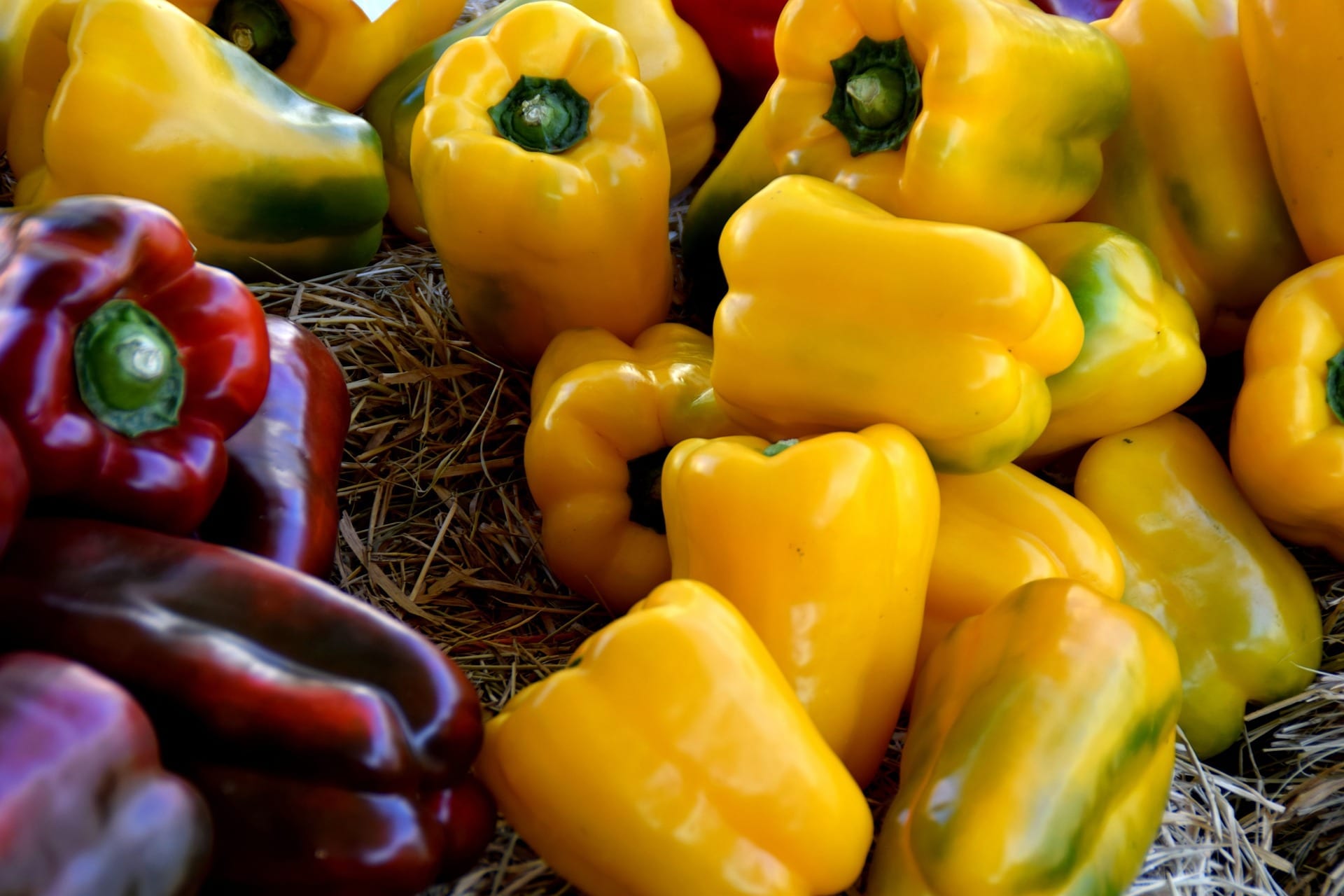
Sweet and hot peppers
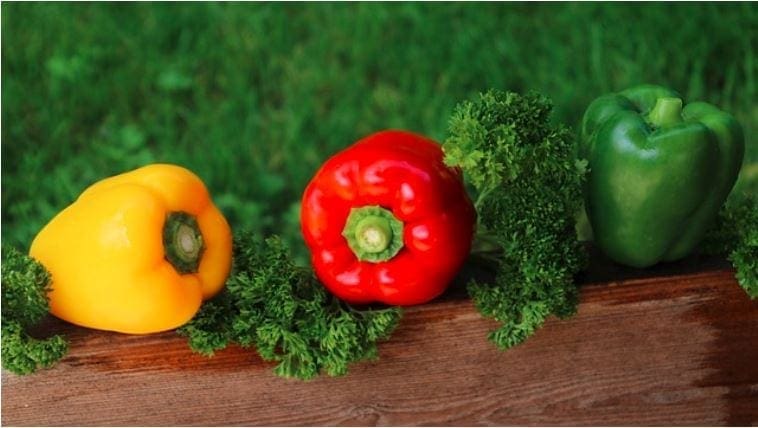
Everyone craves for colourful sweet and hot peppers. You can easily grow them in your garden or in patio containers. The easiest peppers to cultivate are from the Capsicum Annuum family.
Sowing
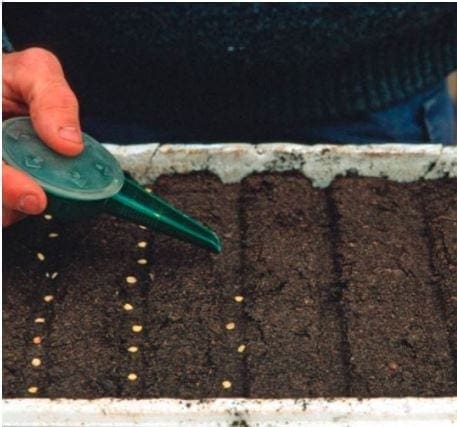
At the end of March or early April, start by sowing indoors in light compost.
Pepper seeds require humidity and heat to correctly germinate. To ensure their survival, a protective shell prohibits their germination when it is too cold.
For seeds to germinate in no time, the ambient temperature should be between 24 °C and 28 °C.
As soon as the small germ appears, it is important to raise luminosity; place it near a window or a horticultural lamp. It should get from 15 to 18 hours of light.
Planting
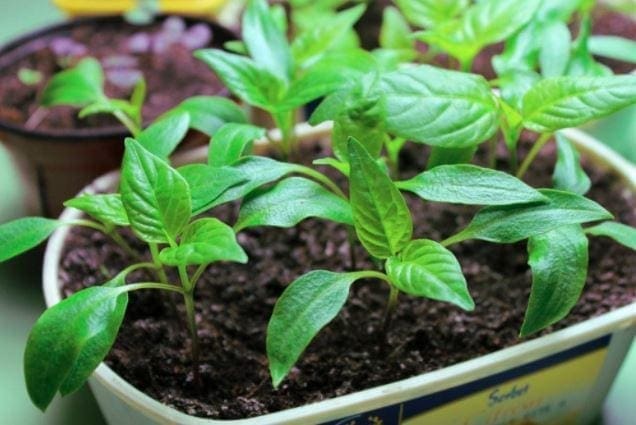
Plant in containers when seedlings show 2 pairs of ‘’real leaves’’. The first leaves that appear are the cotyledons and will fall off. The leaves that will grow afterwards are the ‘’real leaves’’. Select the most vigorous plants; you will notice that some grow better than others. The stronger ones will give more fruits and will tolerate diseases better.
The plant should have nice dark green leaves on a large stem and no flowers. If your plant does groom, it could have been sown too early; in such a case, do not hesitate to remove the flowers because they will require too much energy. Without the flowers, the plant will be able to focus on root development and get more vigorous.
Ideal day temperatures should be between 21°C and 26 °C, and night temperatures between 14 °C and 21 °C. At this stage of development, temperatures should not go below 14°C.
Soil
The soil should be moderately deep, fertile, well drained with a moderate level of nitrogen.
Exterior plantation
Up to now, the plants lived indoors in a warm and well controlled environment, but it is now time to progressively bring them outside. Take them out for short periods of time each day and progressively build up until they can resist comfortably. Because of the wind and sun, the soil will dry up faster outdoors, consequently watering more often will be required.
Once the plants are used to their new exterior environment, it is time to move them definitely. You can put them in large containers or in the garden. To avoid any risk of disease, make sure your containers are well cleaned.
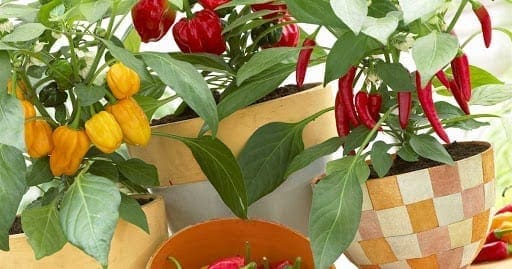
If you plant them in the ground, make the holes the day before and fill them up with water. Sprinkle with organic fertilizer for tomatoes (granulated) and compost before planting.
Transplant in the garden or in a container, under full sun as soon as the nights reach 12⁰C- C 13 ⁰C.
Spacing
- Keep a distance of 30 cm between each plant in rows spaced by 60 cm.
- Put one (1) plant in a container of at least 20 cm deep.
Tip
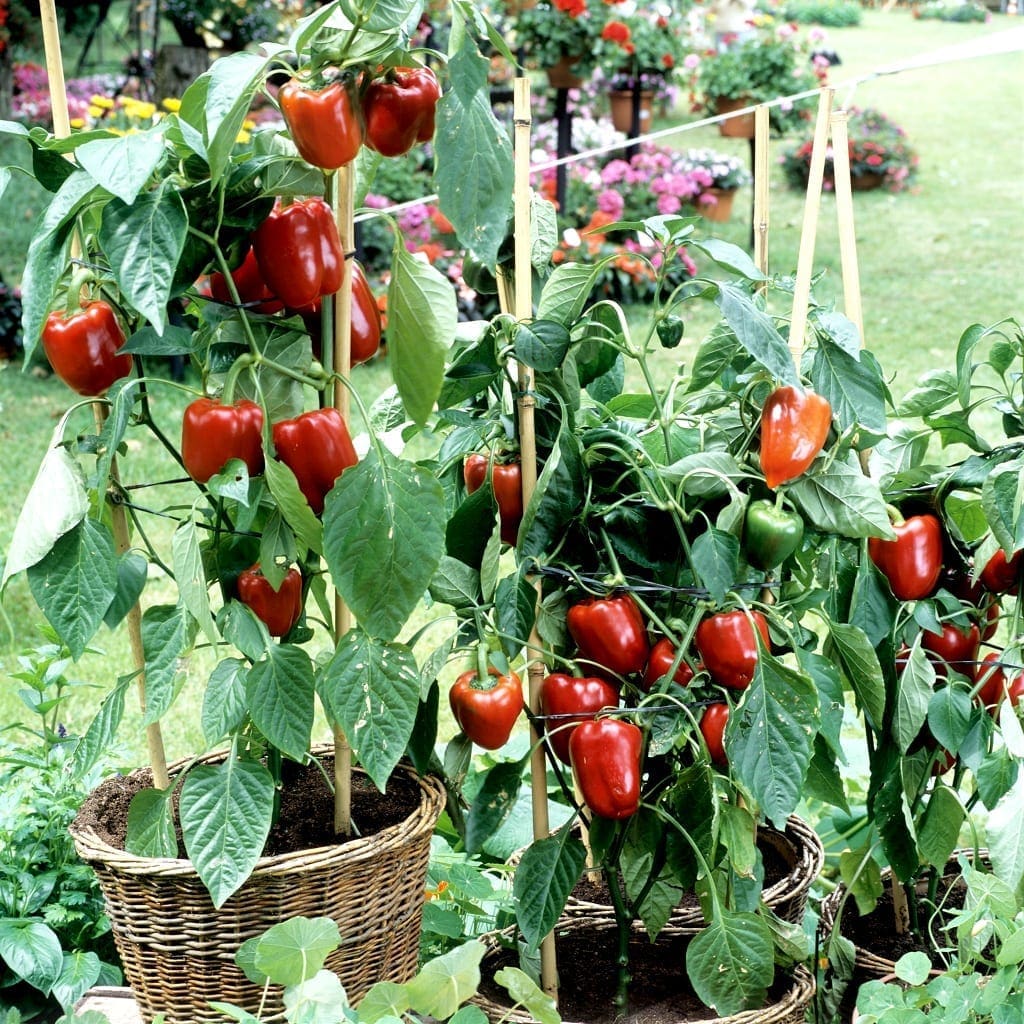
Install tutors for varieties with height is expected to be 60 cm or more. Their stems could easily break under the weight of their fruits. The peppers need water and their short root system requires to be watered frequently, more often than when indoors.
Fertilisation
Fertilize 1 per month with a fertilizer rich in potassium.
Harvest
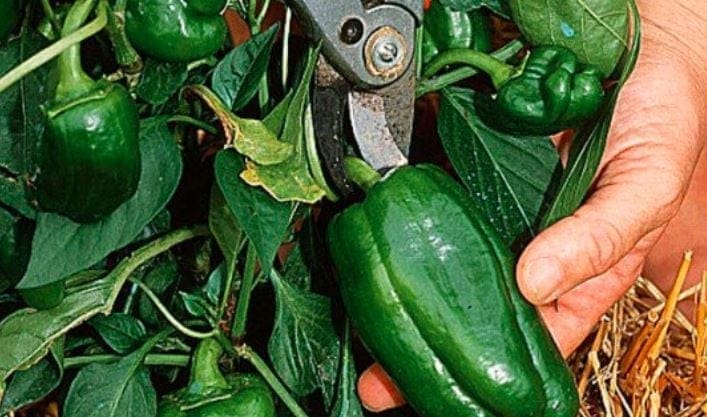
Peppers are best harvested when green, others can be left on the plant to obtain a red or yellow color. Cut the stem at about 2,5 cm of the fruit. Keep the fruits in a cool place.
Diseases and insects
Aphids: particularly the green aphids, enjoy the sap found in the leaves of peppers. Regularly check under the leaves. If you can recognize them in time, it is possible to quickly clear the aphids by using a soap based or rhubarb manure mix or by jet watering the leaves. The sap found in the leaves is very important since it transports the nutritive elements of the plant.
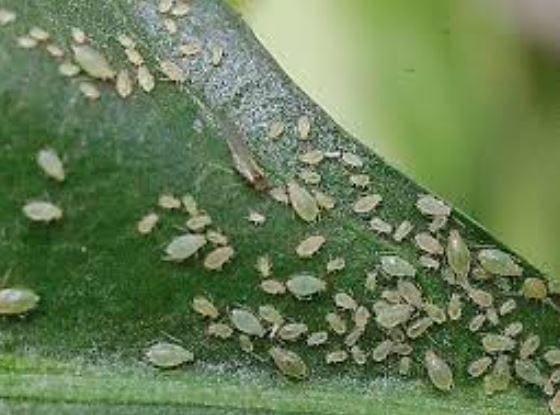
White mildew in the soil : This very frequent white mildew is the consequence of a soil that is too moist. Simply let the grounds dry up. Using a ventilator can accelerate the drying and at the same time, reinforce the stem. If the mildew persists, you can remove it by scraping it off. It will not interrupt the growth of the plant.
